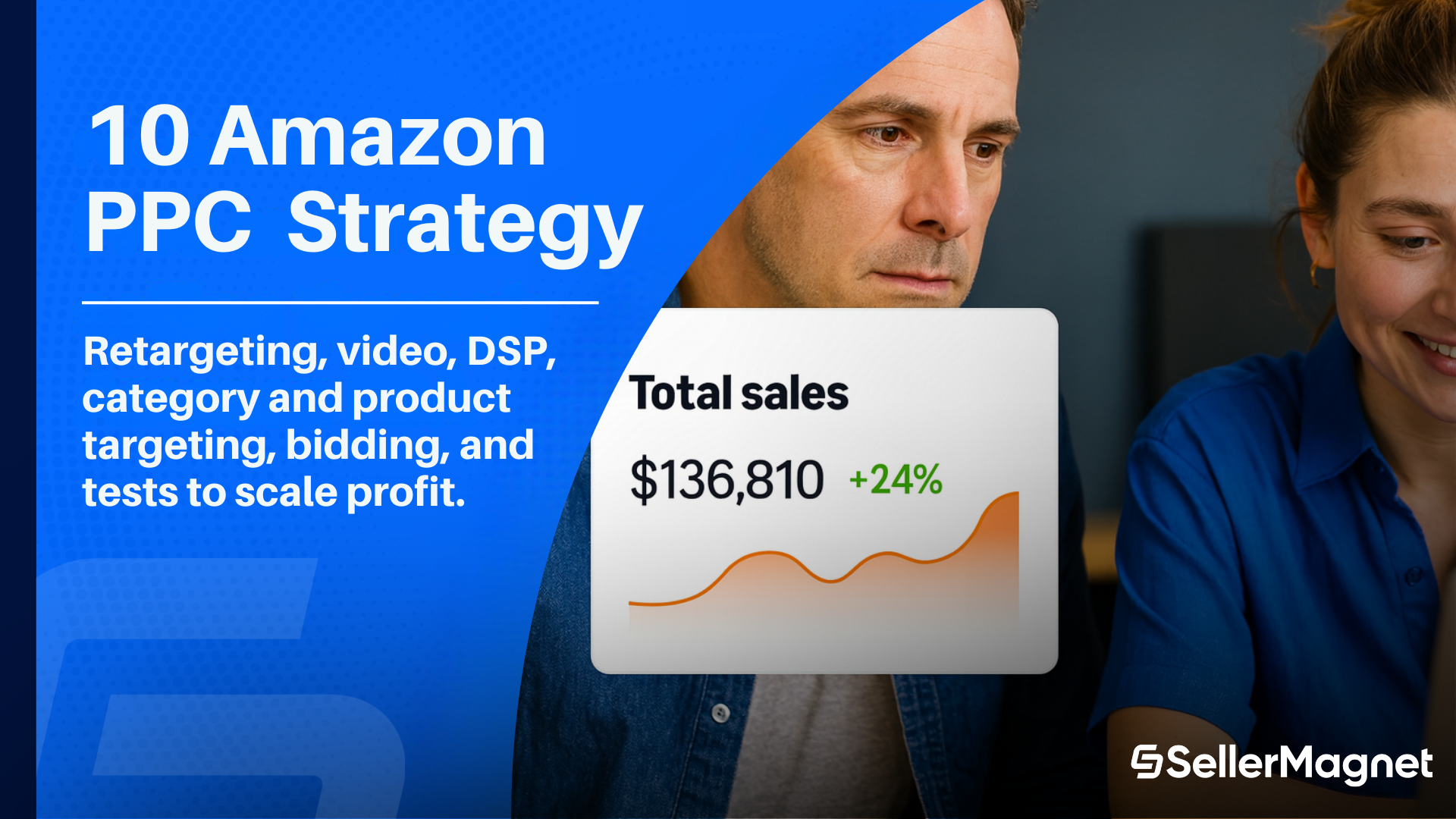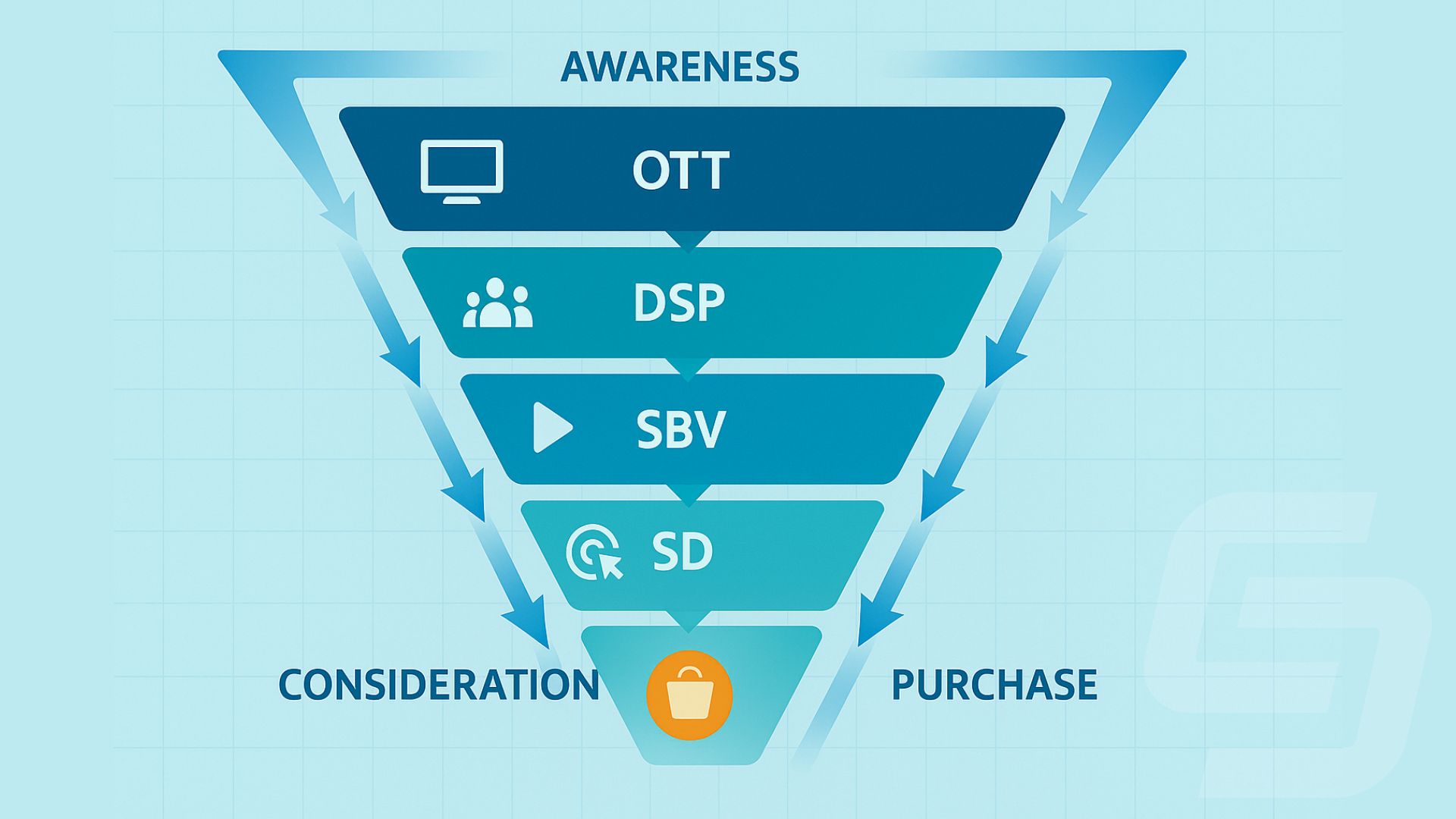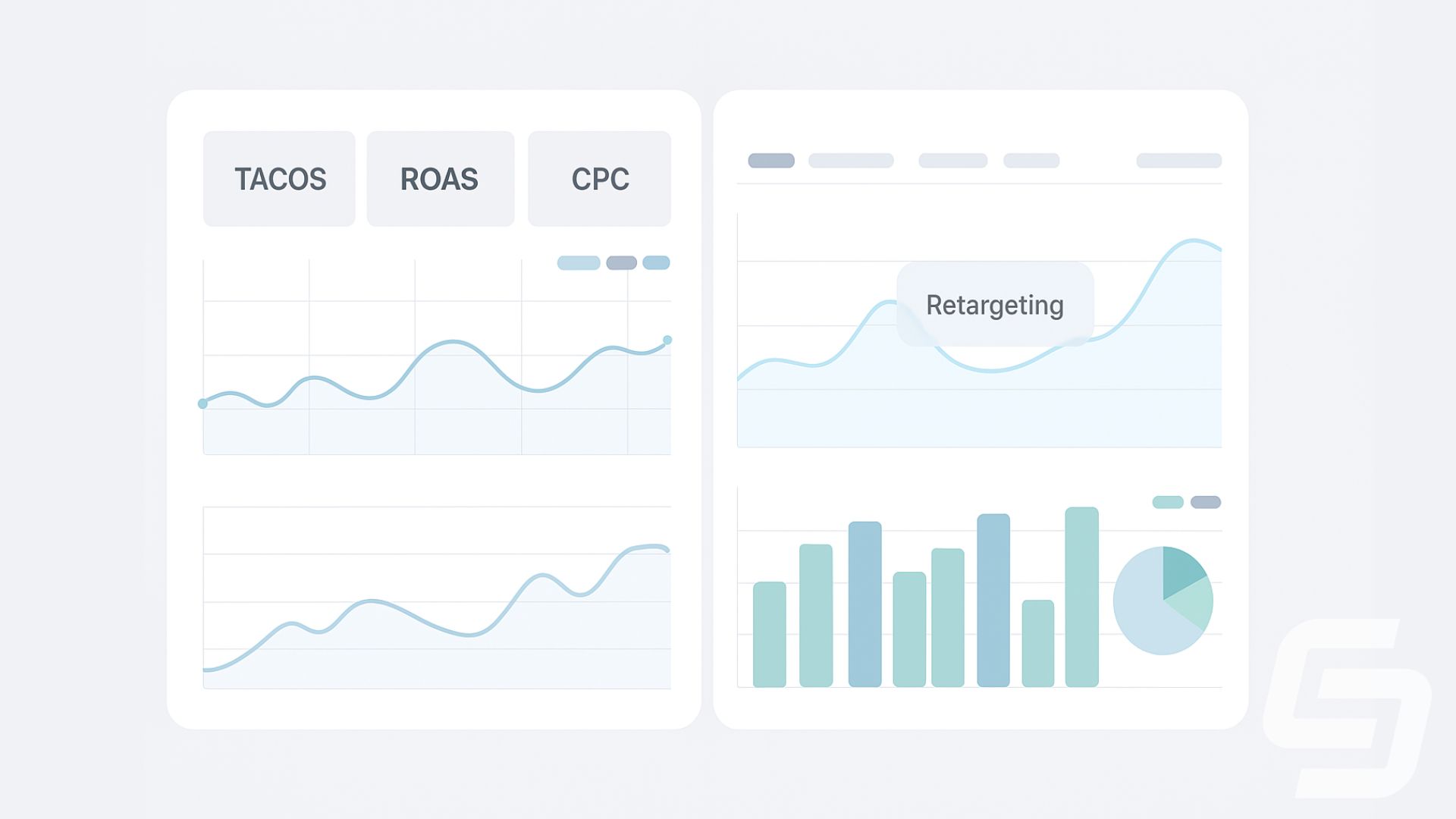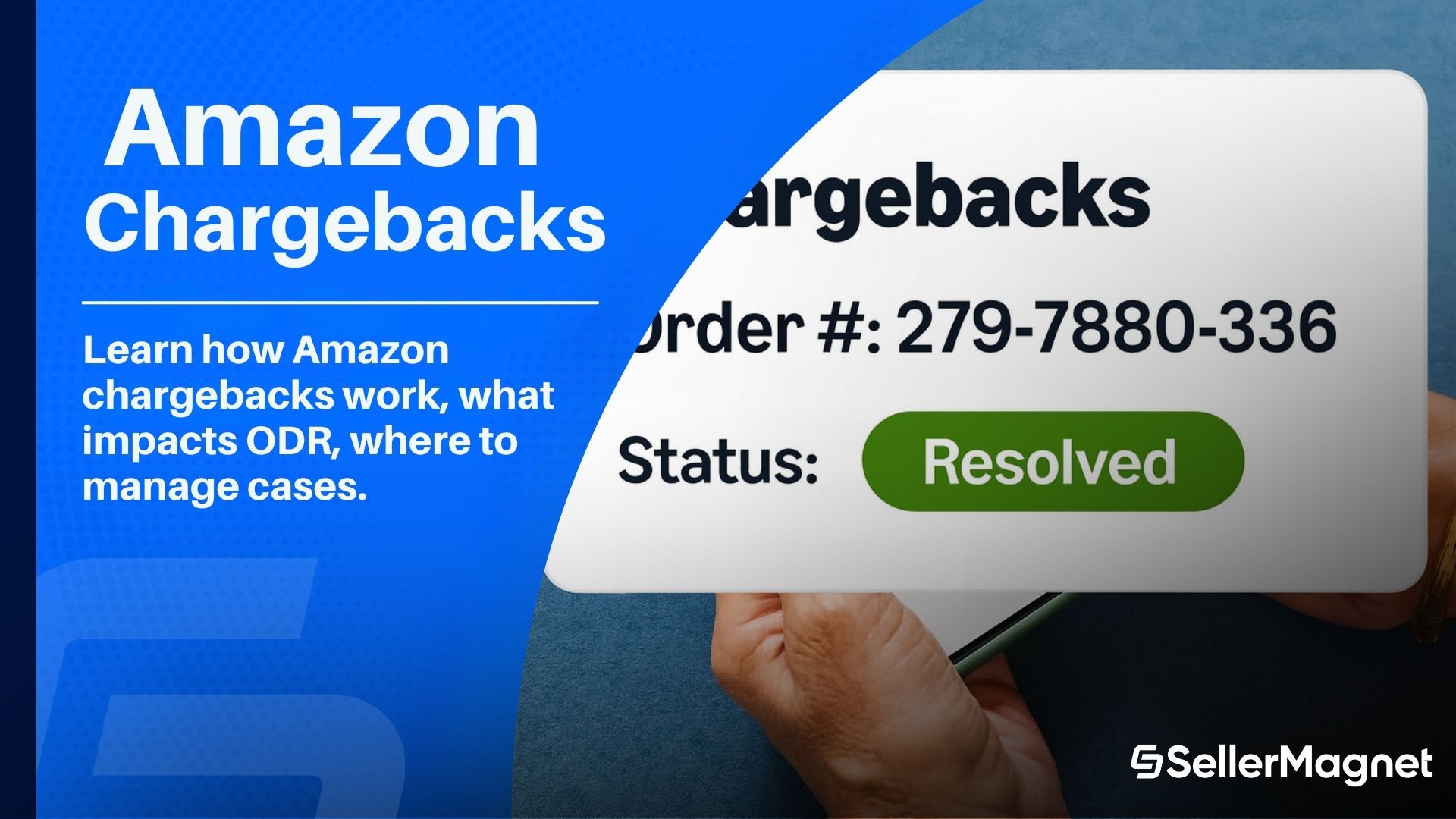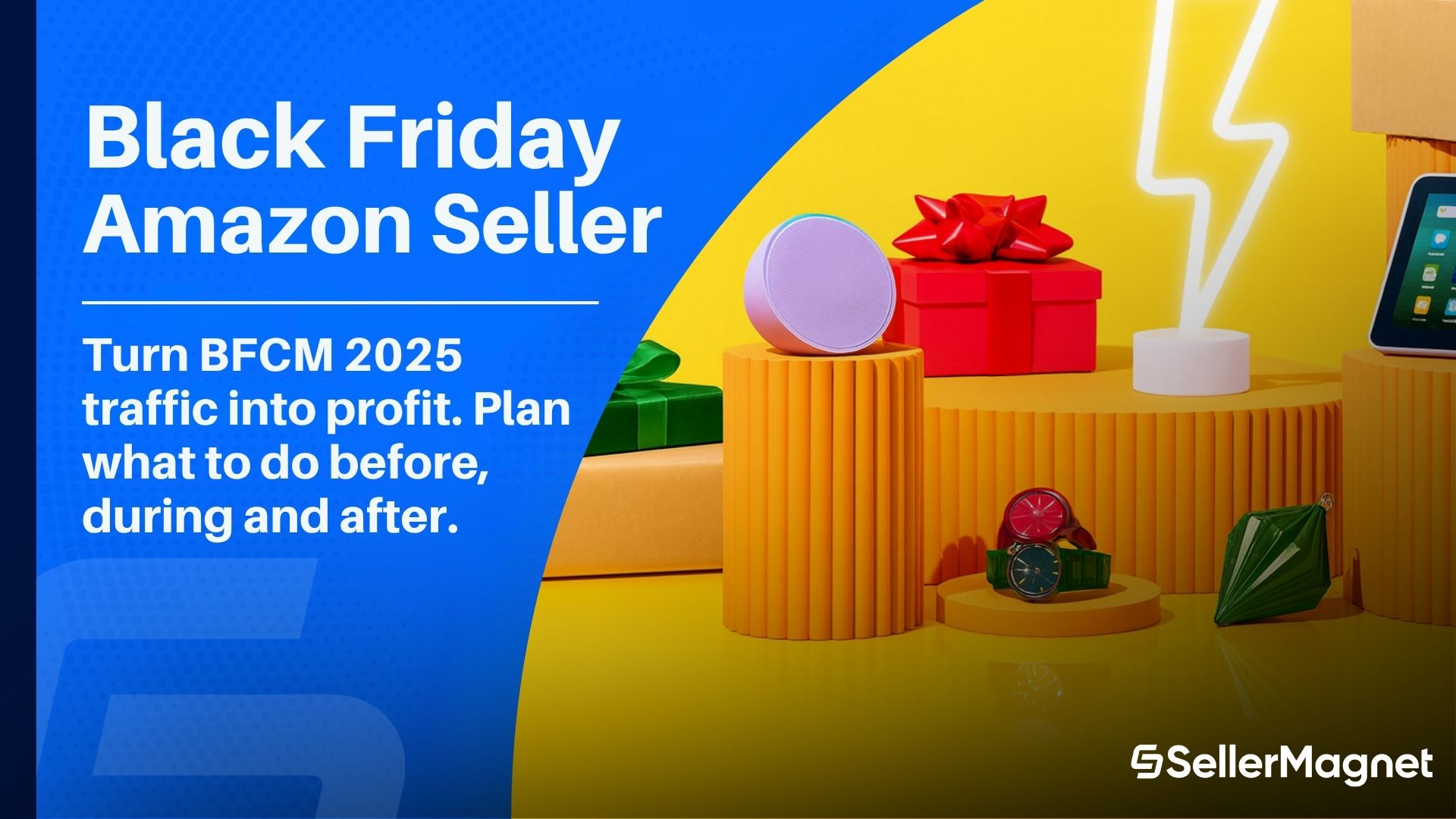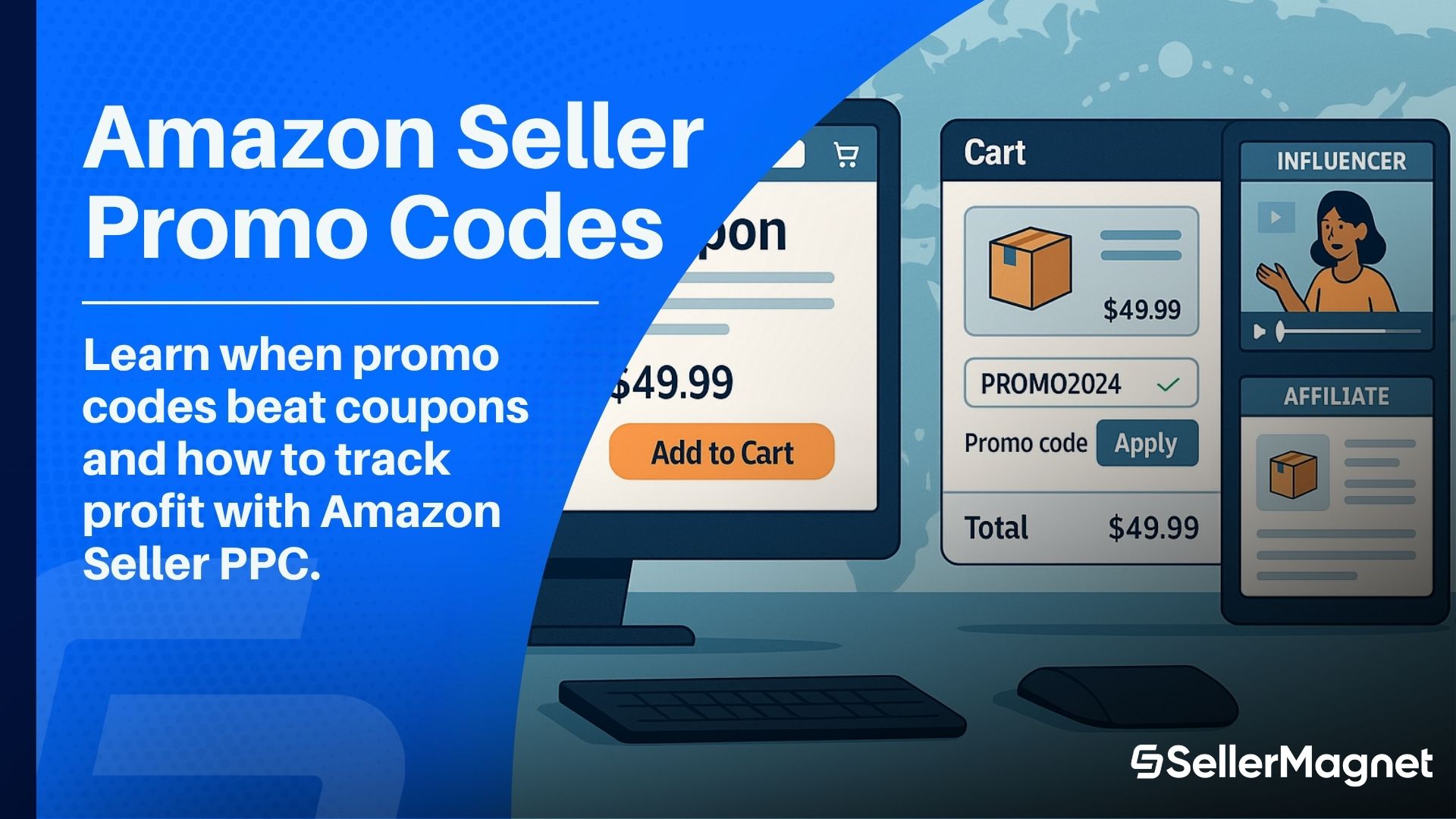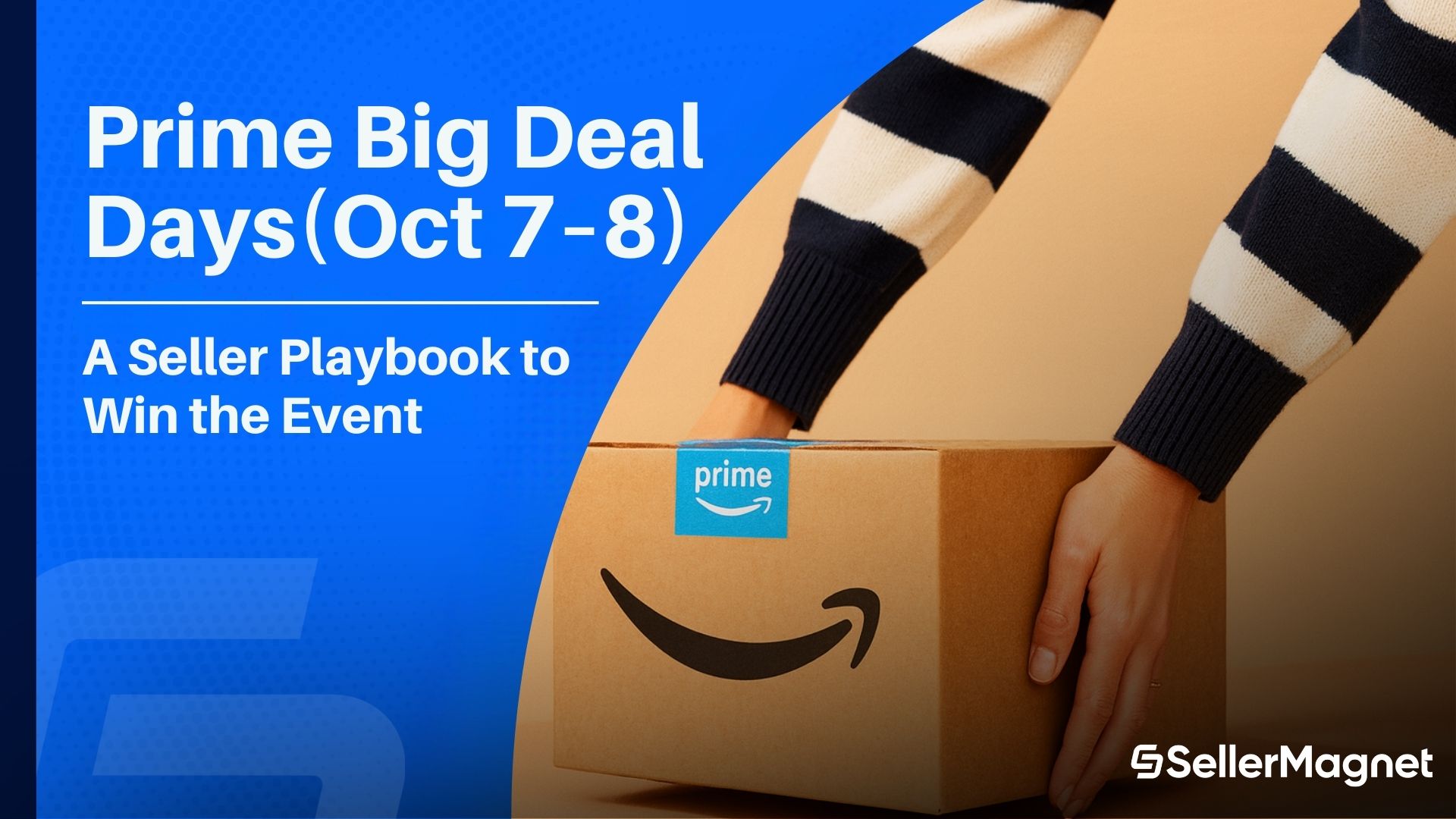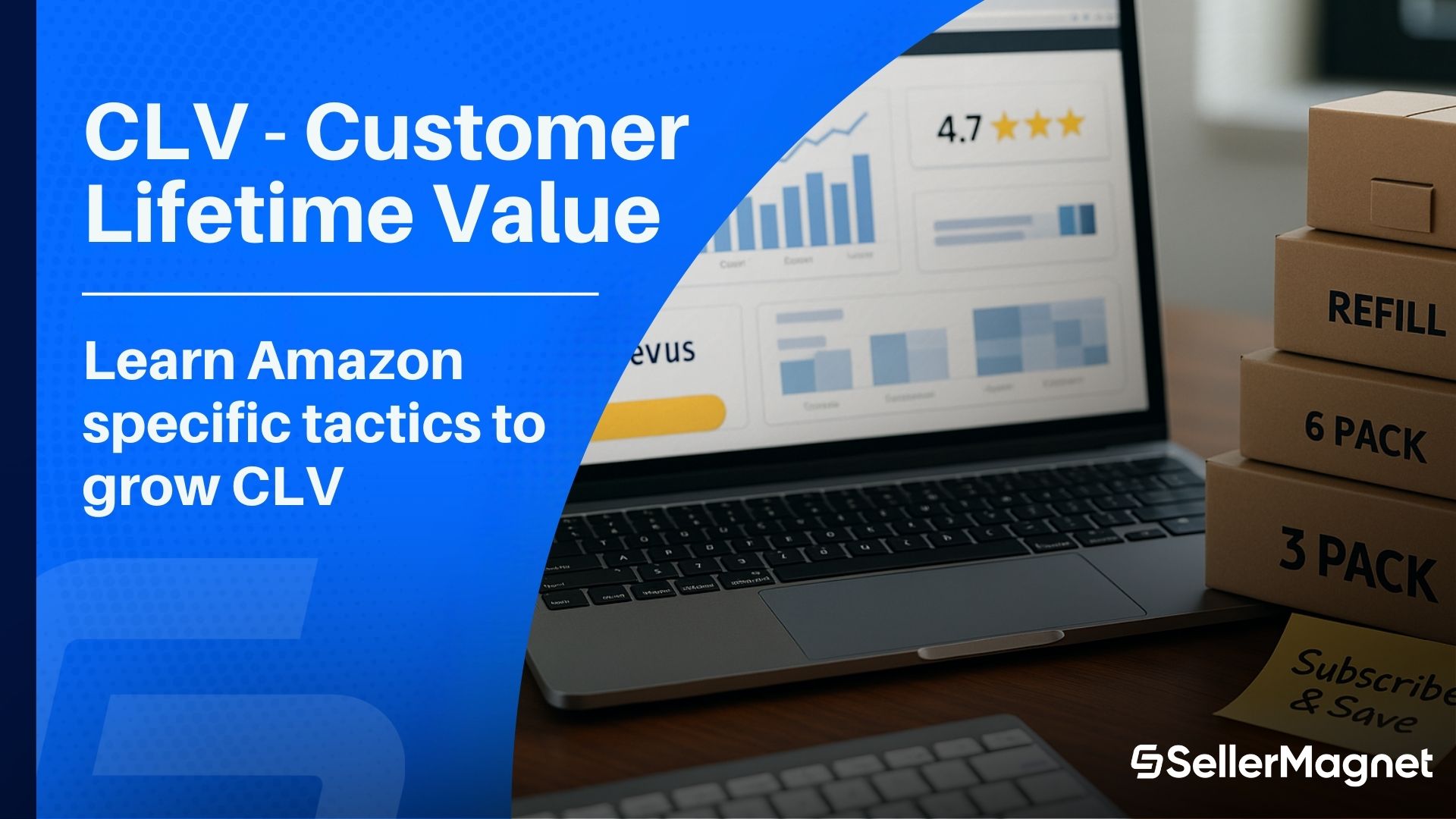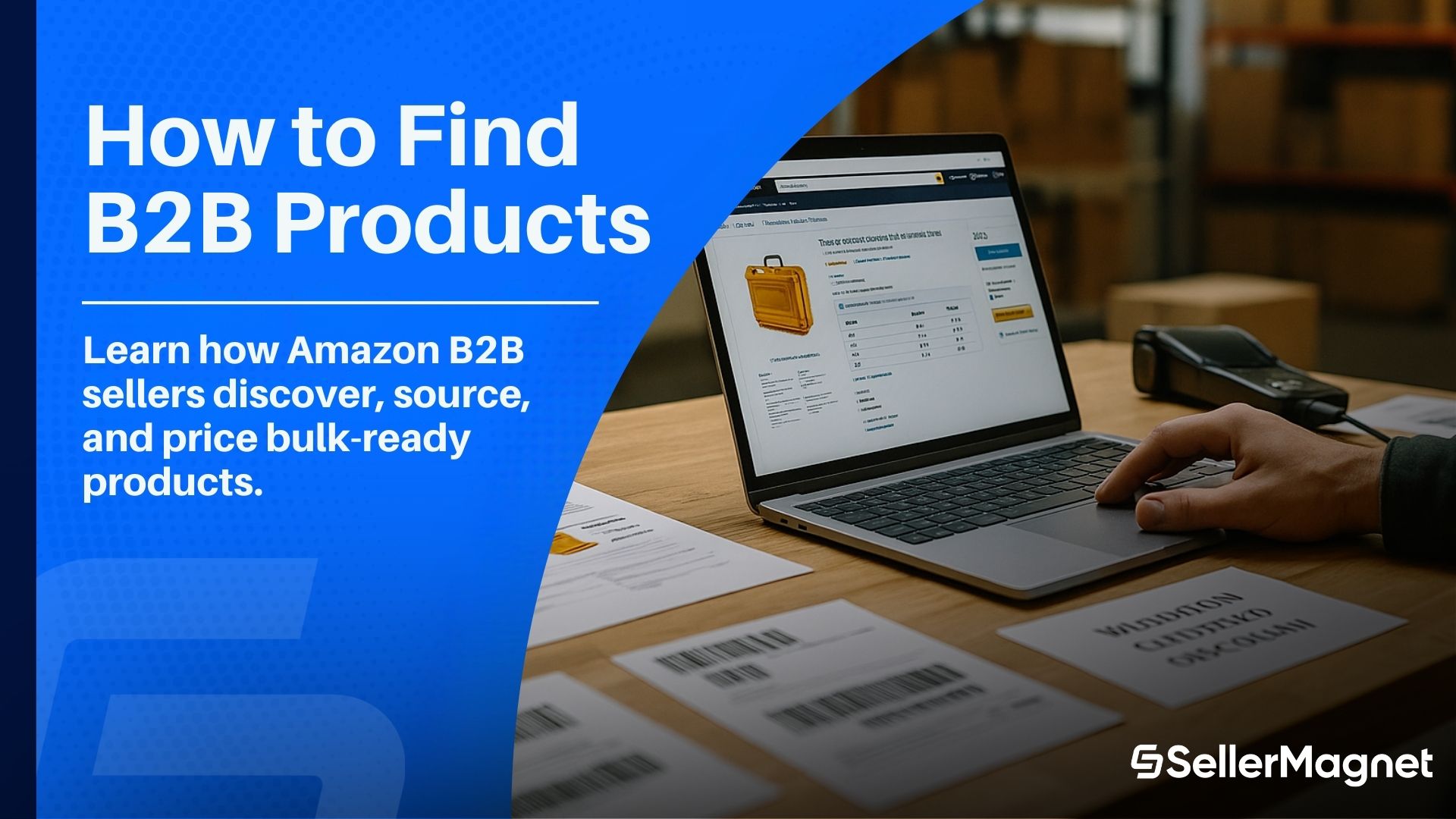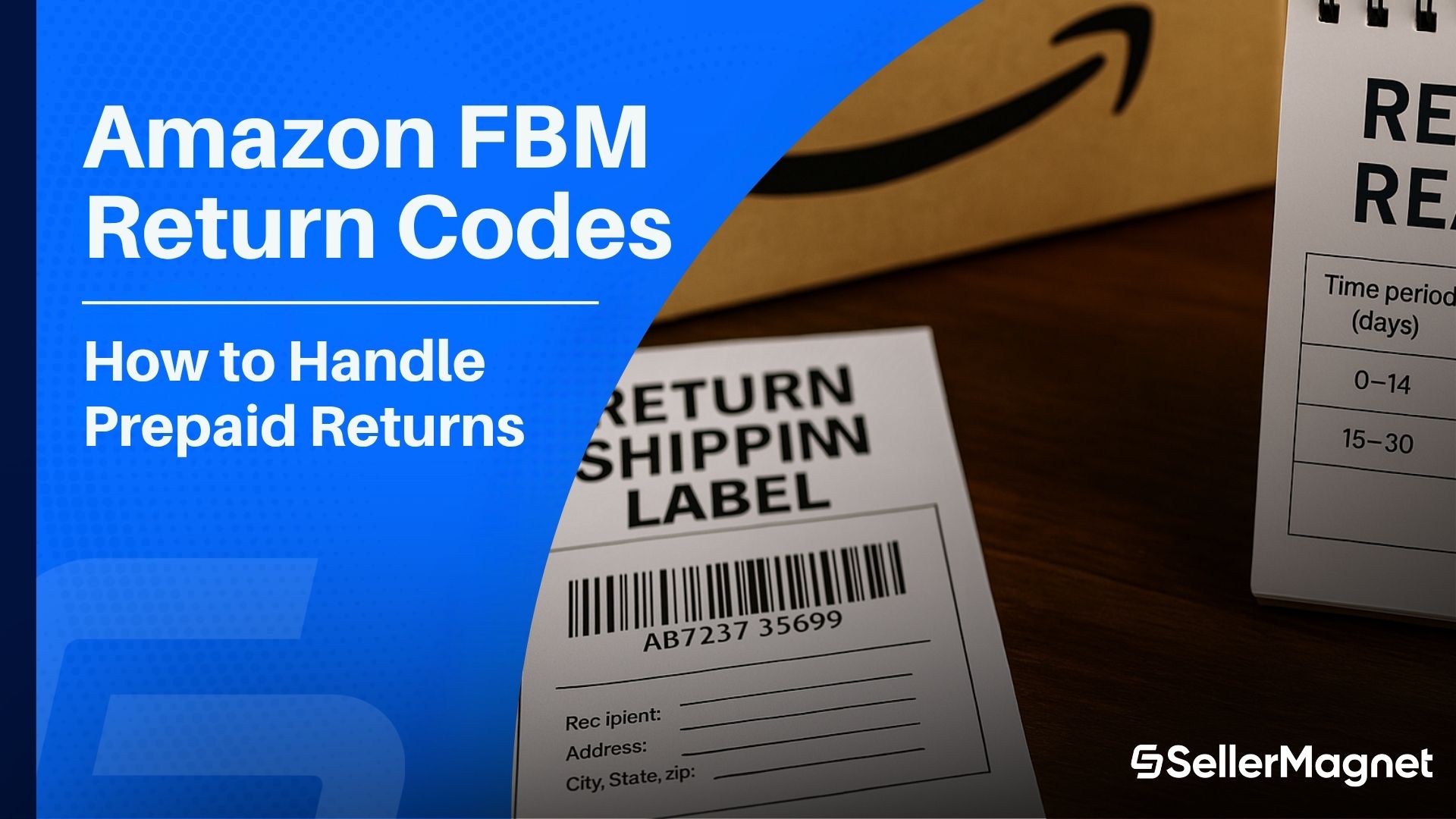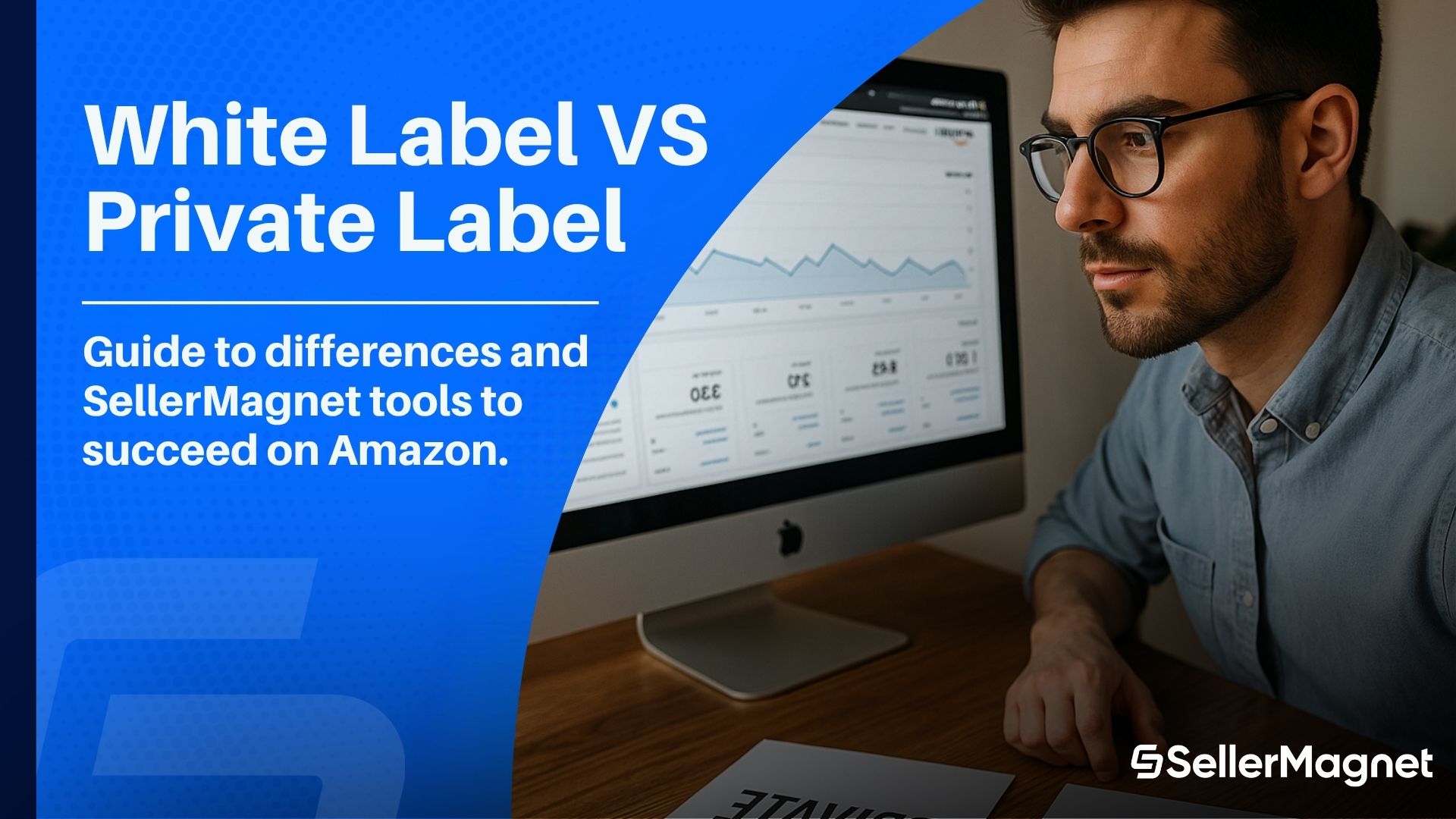Prime placement is earned with precision. The most successful brands do not stop at Sponsored Products. They layer advanced ad types, target audiences with intent, and protect contribution margin with disciplined bidding and measurement. This seller centric playbook reframes the key ideas from the source article and expands them with practical sequences you can deploy now.
Table of Contents
- Why advanced Amazon Seller Ads matter now
- The ten ads, when to use them, and how to build them
- Bidding and budget automation that protect margin
- Creative and conversion experiments that compound
- Full funnel architecture in practice
- Measure, learn, and scale without wasting spend
Why advanced Amazon Seller Ads matter now
Competition compresses margins and attention is scarce. Every click must work. The best operators go beyond basic Sponsored Products and activate audiences that already know the brand or have shown product intent. Retargeting, video, and programmatic display widen the surface area for discovery while Sponsored Products and category targeting harvest demand at the exact moment of search. We keep those pillars, and recalibrate each one for seller side control of profit and rank velocity.
Set the foundation first: inventory availability, Prime eligibility, star ratings above four, and content that answers objections. Do not scale ads until these inputs are stable, otherwise you fund clicks that cannot convert.
The ten ads, when to use them, and how to build them
1) Amazon DSP retargeting
Use DSP when Sponsored Ads already return a healthy ROAS and you want another touch with audiences who viewed, added to cart, or lapsed. Run display and video to re-engage cart abandoners and high-intent viewers. Expand to in-market and lifestyle segments only after you have a converting retargeting baseline. Add frequency caps to avoid fatigue, exclude recent purchasers for at least fourteen days, and test lookback windows at seven, fourteen, and thirty days to find the sweet spot between volume and relevance. Start with dynamic ecommerce creatives tied to the exact ASIN, then layer a short product explainer video to lift post-view engagement. Optimize line items to a purchase objective once you have volume, and watch detail page view rate, new-to-brand share, and viewable CPM as lead indicators.
2) Sponsored Display retargeting
Sponsored Display brings behavioral targeting inside the console. Start with views remarketing to re-engage browsers who did not purchase, then add purchase remarketing to cross-sell and upsell accessories. When scale is the goal, test Audience Expansion to reach similar shoppers. Use bids by placement to push above-the-fold inventory on detail pages, add creative headlines that restate the core benefit, and set time-bound exclusions for buyers so you do not over-message loyal customers. Split budgets by views versus purchases remarketing so you can control pacing, and measure return-to-detail-page rate and add-to-cart rate as early signals. See Amazon guidance on Purchases Remarketing for setup patterns that convert: Retargeting Campaigns: https://advertising.amazon.com/library/guides/sponsored-display-purchases-remarketing
3) Sponsored Brands Video
Short videos, fifteen to thirty seconds, placed in search can tell the product story faster than any bullet. Lead with the customer problem in the first three seconds, show the solution in use, and close with a clear call to action. This unit often wins incremental top-of-search real estate that text ads cannot hold. Add on-screen captions for sound-off environments, keep the product visible for at least eighty percent of the runtime, and end with a single benefit plus a directional cue such as Shop now. Test multiple opening frames that highlight different pain points, and rotate variants by season or use case to maintain relevance.
4) OTT via DSP
Over-the-top video reaches streaming viewers on Prime Video and Freevee. Treat it as an awareness lever for established brands with meaningful budgets. Use first-party audience data to avoid broad waste. Success here shows up as higher branded search and stronger video remarketing performance. Keep spots to fifteen or thirty seconds, front-load branding in the first two seconds, and run sequential messaging so viewers later see SBV or SD retargeting that echoes the same claim. Track completed view rate, cost per completed view, and lift in branded search volume to judge effectiveness, then adjust geo and audience mixes accordingly.
5) Category and product targeting
Go beyond keywords. Target categories and specific ASINs where your offer outperforms on price, reviews, or features. Layer negatives to exclude irrelevant subcategories and to protect CPC. This is a reliable way to win share from weaker competitor listings. Start by mapping the category ancestry path to avoid broad placements, set bid tiers by competitor review count, and prioritize rivals with lower star ratings or higher prices. Add defensive product targeting on your own ASIN family to keep shoppers inside your brand and to encourage multi-item baskets.
6) Branded defense with Sponsored Products
Protect the brand shelf. Exact and phrase on branded terms prevents competitors from intercepting loyal buyers. Pair with product targeting on your own catalog to encourage multi-unit baskets instead of competitive leakage. Use a modest top-of-search multiplier only after conversion is proven, and monitor the ratio of branded clicks to non-branded clicks to ensure you are not overspending to win traffic you would have received organically. Keep availability and price parity stable, otherwise even the best defense campaigns will waste spend.
7) Dynamic bidding strategies
Let placement data guide the bid strategy. Use Down Only for exploratory or low-converting campaigns. Use Up and Down for proven bestsellers where top-of-search coverage pays back. Test placement multipliers carefully. Lift bids only after you confirm that the product page and price are conversion-ready. Add portfolio budgets for guardrails, use day-parting to concentrate spend in peak hours, and set rule-based automations that switch a campaign from Down Only to Up and Down once it clears your conversion rate threshold for several consecutive days.
8) Automated PPC software
Console tools are a start, but rule-based and learning systems save hours and cut waste. Use third-party software for real-time bid moves, search term mining from auto to manual, and budget pacing alerts. Adopt tooling to enforce your floors and caps so your contribution margin stays intact. To keep decisions grounded in facts, monitor profit drivers per order in the SellerMagnet Analytics Dashboard: https://sellermagnet.com/en/analytics-dashboard. Look for features like anomaly detection, n-gram analysis to spot wasteful word patterns, bulk negative pushes across campaigns, and creative rotation for SBV so winners receive more delivery automatically.
9) AB testing with Manage Your Experiments
Test titles, images, and A+ modules to raise conversion. Run experiments for four to six weeks to account for buying cycles. Even small conversion lifts reduce ACoS at the campaign level because more clicks turn into orders. Define a single success metric for each test, avoid mid-test edits that contaminate results, and only ship a winner once it reaches statistical confidence. After each winning variation goes live, re-baseline your bids since a higher conversion rate means you can profitably hold stronger positions in the auction.
10) Advanced negative keyword strategy
Audit search terms weekly. Add exact negatives for high-spend terms that do not convert and for irrelevant brand names. Use phrase or broad negatives when a pattern of mismatch appears. This trims wasted spend and recycles budget to winning queries.
Quick wins this week:
* Set Sponsored Display views remarketing at the parent ASIN level.
* Launch a fifteen to thirty second Sponsored Brands Video on the hero SKU.
* Add exact negatives for any query that spent five clicks with zero orders.
* Turn on budget alerts and watch for out-of-stock risk in real time from the SellerMagnet Analytics Dashboard: https://sellermagnet.com/en/analytics-dashboard
Bidding and budget automation that protect margin
Your bid is a profit control, not a vanity lever. Map each campaign to an expected contribution margin after ads. Use rules to pause or down-bid on terms that cross your cost-per-acquisition ceiling. For winners, allow limited up-bids and slightly higher daily budgets to avoid early throttling. When volatility rises during seasonality, lean on automation to hold floors and to shut off non-converting pockets before they accumulate spend.
Avoid this risk: stacking discounts, rising CPC, and broad targeting can turn a positive campaign into a hidden loss. Do not scale a unit if you cannot see the P&L impact at the order level. The SellerMagnet Analytics Dashboard helps by tying ad spend, fees, and refunds back to each order: https://sellermagnet.com/en/analytics-dashboard
Creative and conversion experiments that compound
Strong creative multiplies every bid. Build tests for main image, secondary image that shows scale or use in context, title clarity, and A+ education above the fold. Track conversion movement for each change. After ad-driven surges, capitalize on the review window. Automate requests with the Amazon review request tool: https://sellermagnet.com/en/amazon-review-request so you capture more feedback while purchase intent is still fresh.
What to test first
- Title clarity that matches the top converting search term
- Image sequence that shows the product solving the first buyer objection
- Short video with real use and a single call to action
- A+ blocks that compare your variants and answer accessory questions
Full funnel architecture in practice
A layered plan works better than any single channel. Start at the bottom with Sponsored Products exact for harvesting demand. Add product and category targeting to win share from weaker listings. Bring in Sponsored Display views remarketing to catch non-buyers from your traffic. Use Sponsored Brands Video to reach motivated searchers with richer storytelling. Once those layers earn back their keep, add DSP retargeting and only then test OTT for upper-funnel reach.
Advanced ad options compared
| Ad type |
Primary goal |
Targeting lever |
Creative format |
Budget guidance |
Best moment to use |
Common pitfall |
| Sponsored Products exact |
Harvest known demand |
Query based |
Product detail page assets |
Core budget |
Always on for hero ASINs |
Bids rise while the page under-converts |
| Sponsored Display retargeting |
Re-engage browsers |
Behavior based |
Static or lightweight video |
Start small then scale |
After you hit stable conversion on SP |
Overlapping lookbacks that chase the same user |
| Amazon DSP retargeting |
Recover carts and expand reach |
First party audiences |
Display and video |
Dedicated line item |
After Sponsored Ads are efficient |
Prospecting too early without a retargeting baseline |
| DSP OTT |
Brand awareness |
First party audiences |
Full screen video |
Larger budgets |
When brand search is healthy |
Expecting direct last-click ROAS |
| Sponsored Brands Video |
Story plus search intent |
Query based |
Fifteen to thirty second video |
Test and grow |
Mid and upper intent queries |
Opening without the problem-solution hook |
| Category and product targeting |
Win share from rivals |
ASIN or node based |
PDP assets |
Test and grow |
When you can win on reviews or value |
Forgetting negatives that block irrelevant views |
Activation order that works:
Start with Sponsored Products exact, add product and category targeting, layer Sponsored Display views remarketing, launch Sponsored Brands Video, then extend to DSP retargeting, and finally test OTT after branded search grows.
Measure, learn, and scale without wasting spend
Track leading indicators daily: CTR movement, search term shifts, coupon clip rate, and product page session depth.
Watch profit drivers weekly: TACOS, contribution margin after ads, and return-related costs.
Close the loop after a push: Send review requests automatically to lock in social proof with the Amazon review request tool: https://sellermagnet.com/en/amazon-review-request
Operate from the source of truth: Use the SellerMagnet Analytics Dashboard to join ads, fees, refunds, and COGS at the order level: https://sellermagnet.com/en/analytics-dashboard
This is how you scale the best Amazon PPC without surprises.
Call to action
Ready to run advanced Amazon Seller Ads with confidence and keep more profit?
Start your 14 day free trial of SellerMagnet or book a demo and onboarding call today.

